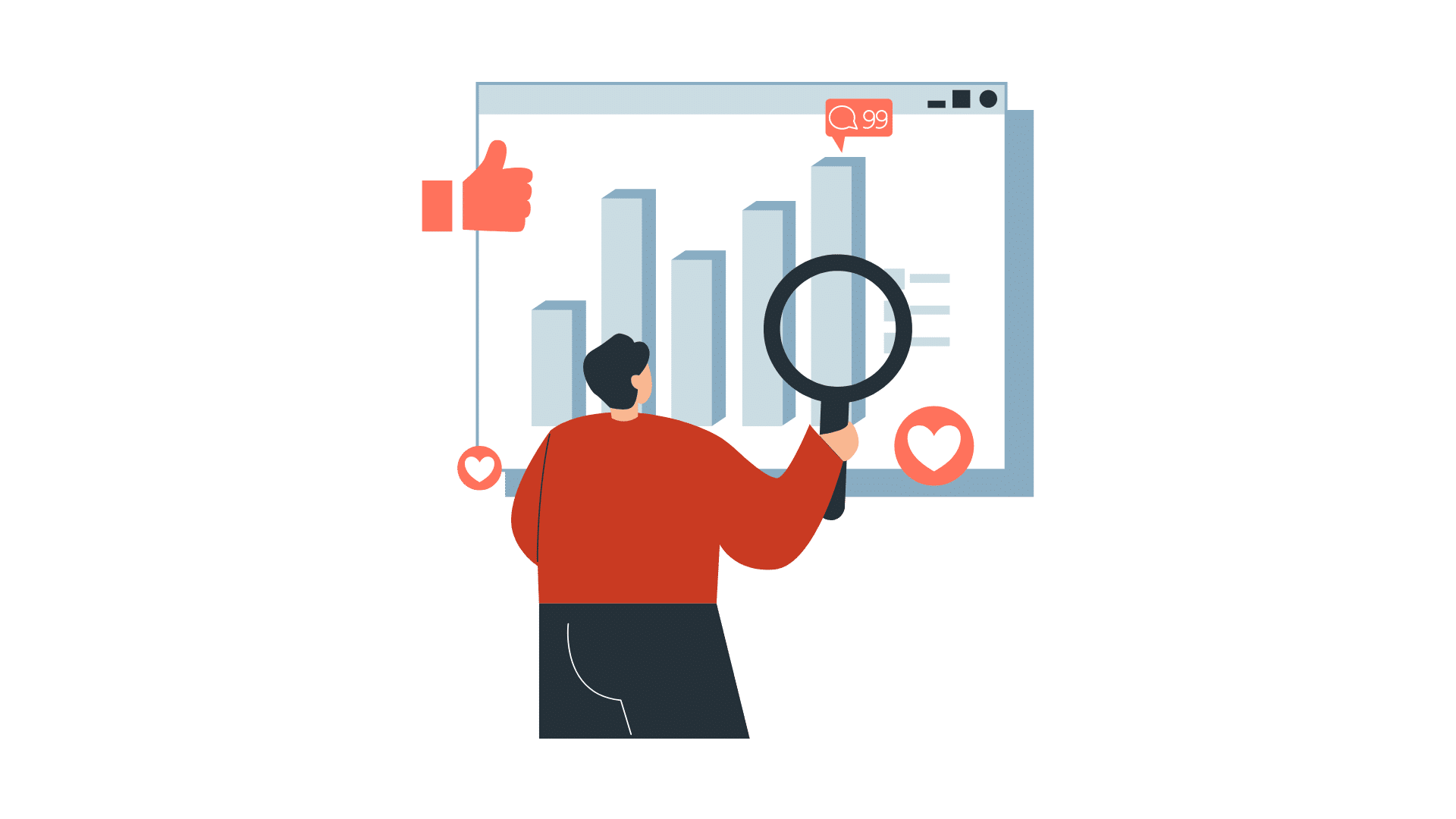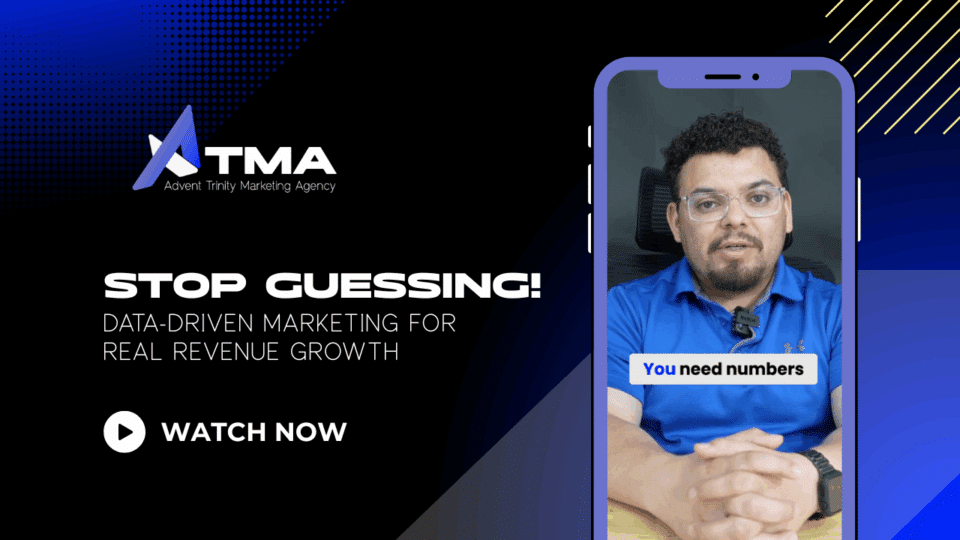How to Write SEO-Optimized Blogs: A Step-by-Step Guide
September 25, 2024
How to Develop a Winning Content Strategy
October 8, 2024Creating valuable content is just the beginning of an effective content marketing strategy. To drive results, you need to track and measure the success of your content. Understanding the right metrics and how to analyze them will help you refine your strategy for better performance. In this guide, we’ll explore the key metrics to track and how tools like Google Analytics and social media insights can optimize your approach.
Defining Success in Content Marketing: KPIs to Track
Before diving into measurement, it’s crucial to define what success looks like for your content marketing plan. Setting clear key performance indicators (KPIs) helps you track how well your content aligns with your goals.
Key KPIs to track include:
- Website Traffic & Bounce Rate: Tracks how many visitors come to your website and how many leave after viewing one page, indicating the effectiveness of your content distribution and audience targeting.
- Engagement: Measures likes, shares, comments, and clicks, showing how well your content resonates with your audience.
- Conversion Rate & Time on Page: Monitors specific actions taken by visitors (like signing up or making a purchase) and how long they stay on your pages, reflecting the value and effectiveness of your content.

These KPIs help assess your content’s performance and allow you to make adjustments to improve results. Learn more about what KPIs are here.
Using Google Analytics and Social Media Insights
Tools like Google Analytics and social media platforms provide invaluable insights into how your content is performing across various channels. These tools allow you to track visitor behavior, engagement, and conversions.
- Traffic Sources: Google Analytics helps you see where your traffic comes from—whether it’s organic search, social media accounts, or email marketing campaigns. This helps identify which content distribution channels are most effective.
- Conversions and Goals: You can set up goals in Google Analytics to track specific actions like sign-ups, downloads, or purchases, which are essential for lead generation.
- Behavior Flow: This feature tracks how visitors move through your website, revealing which pages hold their attention and where they drop off.

Social media insights provide additional data on how users engage with your content. Platforms like Facebook, Instagram, and LinkedIn offer built-in analytics tools that help you track likes, shares, and comments. By paying attention to these metrics, you can understand which kinds of content work best for your audience.
Engagement vs. Conversions
When measuring content success, it’s important to distinguish between engagement and conversions. Both are critical, but they serve different purposes.
- Engagement: Tracks interactions like likes, shares, comments, and clicks. High engagement helps build brand awareness and trust, especially through social media marketing and influencer marketing.
- Conversions: Measures specific actions such as signing up for a newsletter or making a purchase, showing how well your content leads to business results.

While engagement helps expand your audience and build trust, conversions are key to achieving tangible results that align with your business goals.
Adjusting Your Content Strategy Based on Data
Once you’ve collected data from tools like Google Analytics and social media platforms, the next step is to adjust your content marketing strategy based on the insights.
Key Steps:
- Identify Top-Performing Content: Review which pieces of content generate the most traffic, engagement, or conversions. Use these insights to create similar content or repurpose it across multiple platforms.
- Analyze Drop-Off Points: If users are leaving certain pages quickly, consider restructuring the content or adding more engaging elements like images, videos, or infographics.
- Refine Audience Targeting: Use data to better understand your audience and create more tailored content. Improving your audience targeting can help you reach the right people at the right time.
- Optimize Your Content Calendar: Adjust your content calendar based on what types of content and posting schedules generate the best results. Plan your content around high-engagement days and times.

By regularly reviewing performance metrics and making adjustments, you’ll ensure that your content marketing plan is always evolving and improving.
Key Takeaways
To ensure your content marketing drives meaningful results, set clear KPIs like traffic, engagement, and conversions to align with your goals.
Use tools like Google Analytics and social media insights to track performance and make data-driven adjustments. Balancing engagement and conversions will help build relationships while driving business results.




